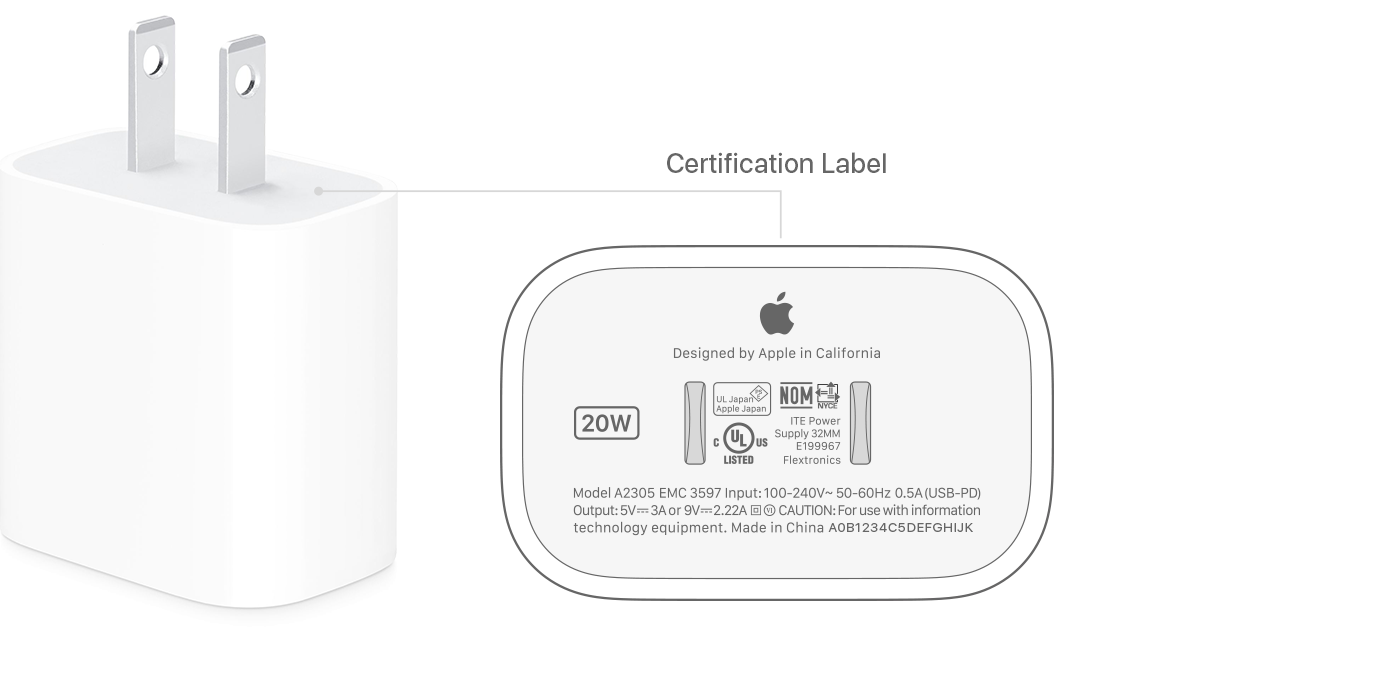How can you even charge a laptop through USB? All the ones I've owned have a connector for a dedicated charging plug.
My Lenovo laptops, both my personal one and my work one, have a USB C port that can either be used to charge the laptop or as a regular USB C port for peripherals (like Klein Tools Ideal boroscope camera, which doesn't work with their app on my Android phone, but works just fine plugged into my laptop and using VLC to display the video).
The power supply/charger for these laptops has a cord with USB C plug at the end.
USB C can supply power at several standard voltages, 5V, 9V, 15V, and 20V. But when you convert a USB A port to USB C with an adapter or cable, 5V charging is all you get.
I have a USB A to USB C cable I use to charge my phone, because I have a wall outlet with USB A charging ports on it, but it does nothing when plugged into my laptop. Laptop will not charge off 5V.

